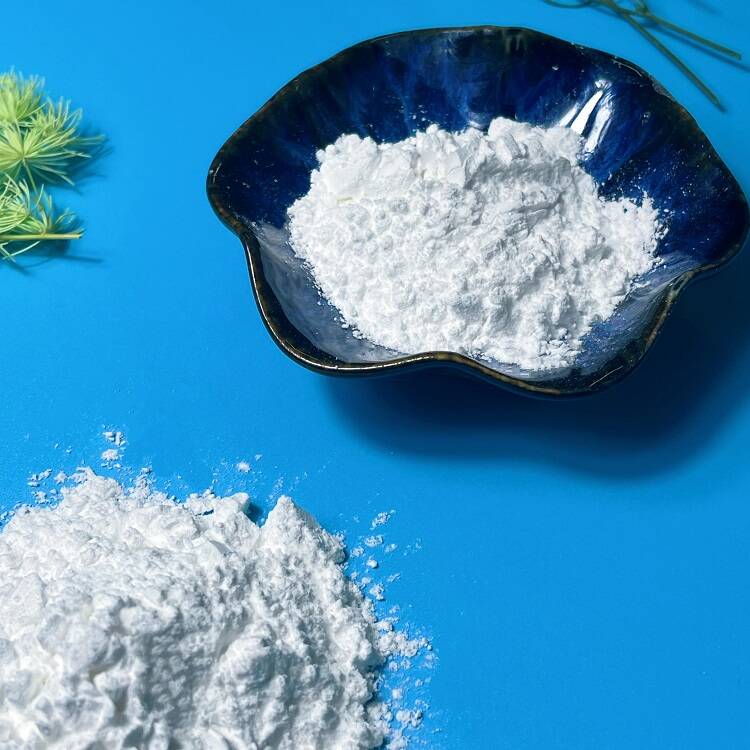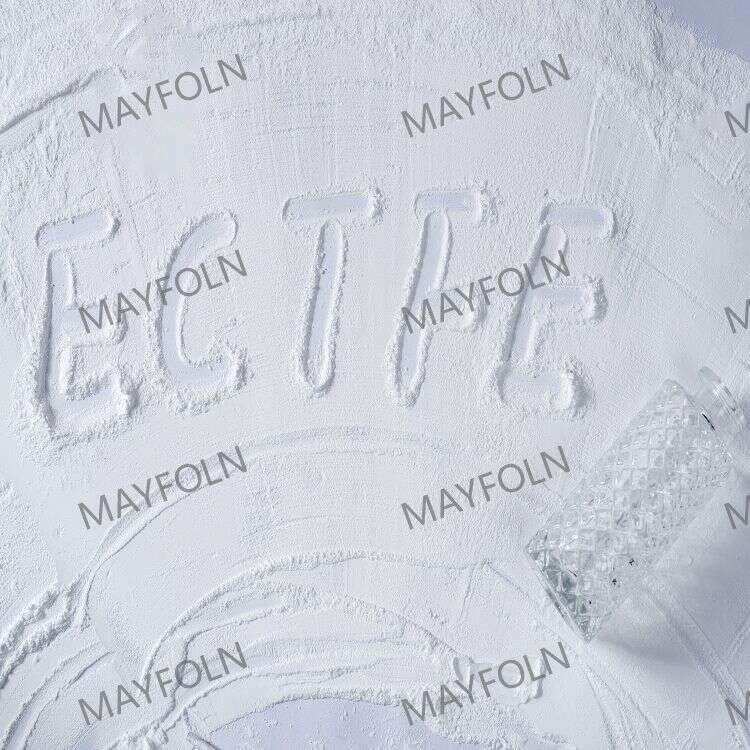-
Categories
-
Pharmaceutical Intermediates
-
Active Pharmaceutical Ingredients
-
Food Additives
- Industrial Coatings
- Agrochemicals
- Dyes and Pigments
- Surfactant
- Flavors and Fragrances
- Chemical Reagents
- Catalyst and Auxiliary
- Natural Products
- Inorganic Chemistry
-
Organic Chemistry
-
Biochemical Engineering
- Analytical Chemistry
-
Cosmetic Ingredient
- Water Treatment Chemical
-
Pharmaceutical Intermediates
Promotion
ECHEMI Mall
Wholesale
Weekly Price
Exhibition
News
-
Trade Service
Researchers at the Colombian Engineering Research Institute have developed a porous polymer coating (PPC) that has optical switching properties to the solar wavelength to regulate the absorption and reflection of sunlight, helping buildings regulate light and heat.Dr. Mandal of the
research team stumbled upon the transparency of when a few drops of alcohol splashed onto the white fluoride PPC coating, and the team began a study on the optical transformation of the PPC coating. "This is similar to the transparent process of paper when it is moistured, and has been studied before, but that more dramatic change has led us to interest in studying it and want to know its application value
." "
regulates room temperature and light light, " says Dr. Mandal,
Our results show that by wetting PPC coatings such as common liquids such as alcohol or water, they have reversible effects on the solar and thermal radiation wavelength ranges. Apply this coating to the surface of a plastic or glass plate, enabling the building to regulate indoor temperature and light. The
team's design style is similar to that of smart windows, but with greater optical switching, and the materials used are cheaper, simpler, and easier to develop at scale. The earlier design idea was based on the fluoride coating with micron-nano-grade micro-hole structure, can play a role in cooling the building, but the cooling function of the coating is static, and for places like New York, summer is hot, winter is cold, the earlier design idea should be upgraded to make the coating with hot and cold switching dynamic mode, so as to be more practical application significance.
materials such as paper appear white because the air in the micro pores has a different refractive index than the porous material. When wet by moisture, because the refractive index of water is closer to the porous material, scattering light decreases and light transmission increases, thus gradually becoming transparent. As the refractive index gets closer, the higher the light transmission. The researchers found that fluoride is very close to the refractive index of alcohol.Dr. Yang, head of
's laboratory, said, "When porous polymers weed, the optics are similar, where light is no longer scattered, but passes through the polymer like solid glass, making the porous polymer transparent."
PPC coating adjusts the amount of sunlight in a building
because the refractive index of alcohol and fluoride is very good match, the team transformed the solar transmission of PPC coating by about 74%. In the visible light range, the variation can be about 80%. Although the rate of change is slower than a typical smart window, the transmission rate changes much more, making the PPC coating attractive in regulating the building's sunlight.
also looked at how the coating's light switching function could be applied to temperature regulation. "In summer, white roofs keep buildings cool, while in winter they turn black, making it easy to absorb heat and raise the temperature of buildings, significantly reducing the cost of air conditioning and heating in buildings," Dr. Yang said. To
the
tests, the researchers placed PPC-coated test boards on simulated houses with black roofs. One of the test boards is dry and reflective, while the other is moist and transparent, with a black roof underneath. In the midday sun, the white roof is about 3 degrees Celsius cooler than the surrounding air, while the black roof is much hotter.
, the PPC-coated roof has a reflective and transmission switching function that can be used to regulate the indoor temperature of a building.
Switching between the "icy house" state and the "greenhouse" mode
the team also studied the thermal infrared wavelength transformation mode and discovered a new cold-heat transformation mode through the study of porous polyethylene polymer coating with infrared-transparent variation.
polyethylene polymer coating is dried, it reflects sunlight, but it emits heat, similar to an "ice house." The polymer coating is moisturized so that it can emit sunlight, and the liquid in it absorbs thermal radiation, which inhibits thermal transmission, similar to a "greenhouse". Because this coating regulates both sunlight and thermal radiation, thermal energy can be regulated around the clock.
other potential applications
the team has also studied other potential applications of coatings, such as thermal induction camouflage coatings, climate response coatings, etc. The latter applies to buildings in Mediterranean climate areas and coastal areas of California, where summers are dry and rainy in winter, and climate response coatings help keep buildings insovented or insovented.
.






